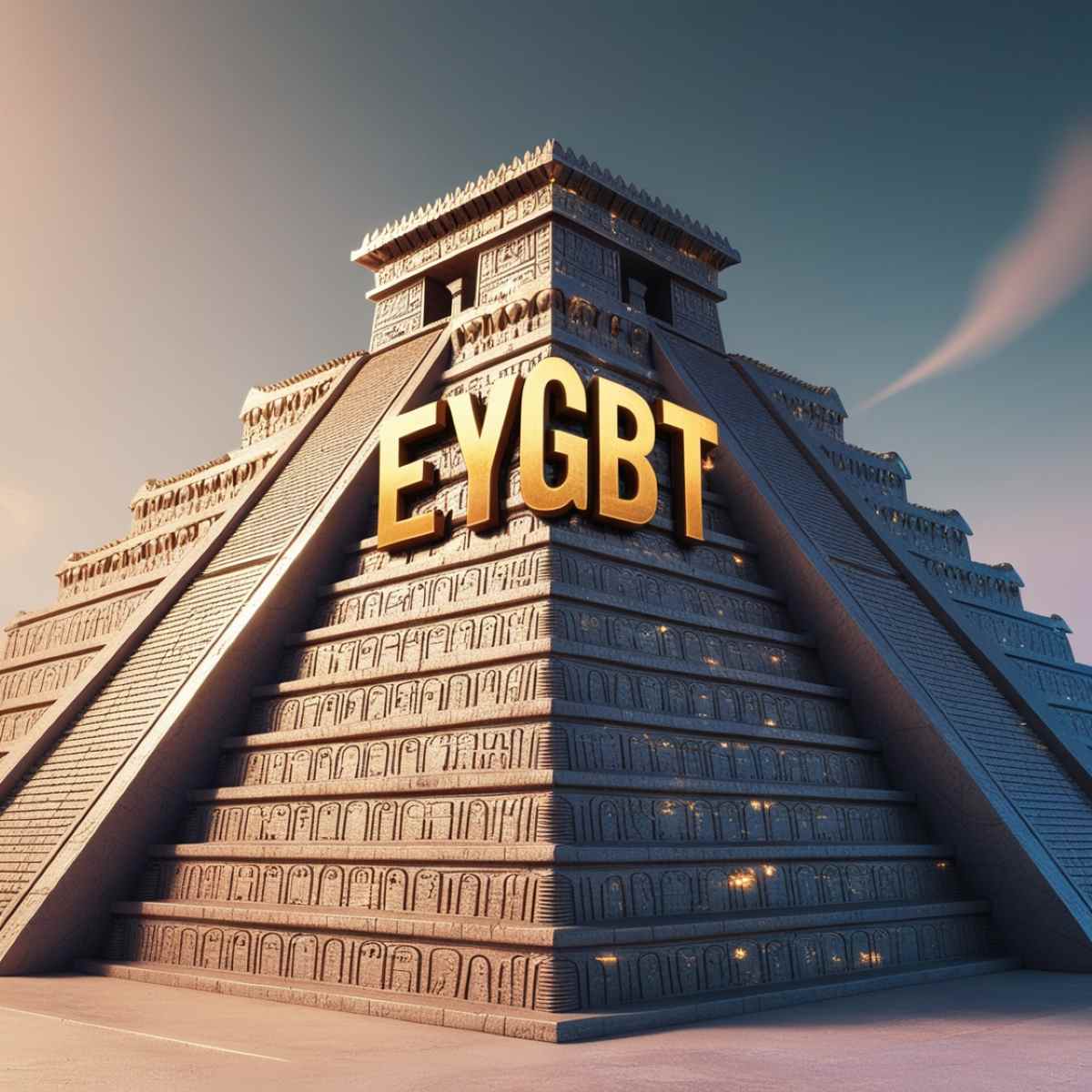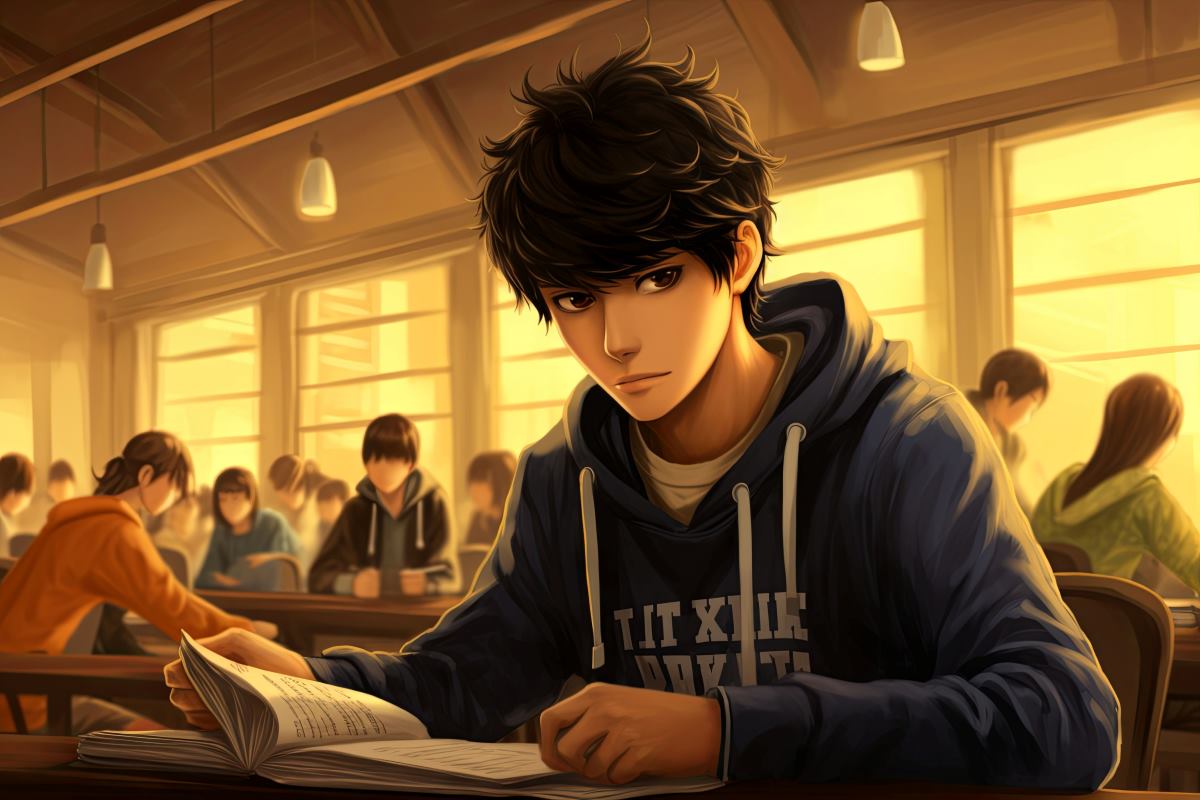A little-known but fascinating aspect of ancient history are the Masqlaseen. Their tale, which sprang out of the mists of antiquity, is one of mystery, culture, and fascinating customs. We’ll explore the history of the Masqlaseen, their identity, and some commonly asked concerns concerning this mysterious group in this blog.
The Masqlaseen: Who Were They?
The ancient Masqlaseen were distinguished by their exquisite handicrafts, complex social structures, and distinctive cultural customs. They flourished in an area that is now roughly equivalent to portions of North Africa and the Middle East. The Masqlaseen are said to have been skilled academics, traders, and navigators who made substantial contributions to the knowledge and cultural exchanges of their era based on historical accounts and archeological discoveries.
Cultural and Social Inputs:
Among the many treasures that the Masqlaseen have left behind are:
Art and Architecture: Both historians and archaeologists have been captivated by their structures, which are monuments and constructions with unique styles and techniques.
Science and Medicine: They significantly advanced mathematics, astronomy, and herbal medicine, all of which had an impact on succeeding societies.
Trade and Economy: The Masqlaseen were at the center of many trade routes, which promoted cross-cultural and cross-national trade.
Common Questions (FAQs)
Q1: Where were the Masqlaseen mostly living?
A1: The Masqlaseen were mainly from the areas that are currently in the Middle East and Northern Africa. Throughout these regions, their settlements have been found at a number of archeological sites.
Q2: Where did the name “Masqlaseen” come from?
A2: Although the precise origin of the term “Masqlaseen” is unclear, it is thought to have roots in the prehistoric languages of the area. Some academics speculate that it might be derived from terms that refer to their social structure or workmanship.
Q3: What characterized the architecture of Masqlaseen the most?
A3: Masqlaseen architecture is renowned for its use of elaborate carvings, symbolic themes, and locally produced materials. Their buildings frequently had domed constructions, courtyards, and stately entrances.
Q4: What role did the Masqlaseen play in commerce?
A4: The Masqlaseen were expert traders who created and managed a number of important trade routes. They facilitated trade between far-off cultures and economies by exchanging items like textiles, precious metals, and spices.
Q5: What caused the Masqlaseen culture to decline?
A5: The demise of the Masqlaseen civilization is ascribed to a number of circumstances, such as internal strife, neighboring tribal invasions, and environmental changes. Historians continue to investigate and argue about their decline.
Q6: Are there any Masqlaseen ancestors living today?
A6: Many people in the areas where the Masqlaseen lived have genetic and cultural ties to this ancient group, even though there are no known direct descendants of this group today.
Q7: How can I find out more information on Masqlaseen?
A7: There are several ways to learn more about the Masqlaseen, including reading academic books and articles, visiting museums with exhibitions on ancient civilizations, and visiting archeological sites where items from the Masqlaseen have been found.
Conclusion:
Despite not being as well-known as some other ancient civilizations, the Masqlaseen have made a lasting impact on art, science, and trade. Understanding their legacy helps us better appreciate the complex web of human culture.










